Cold formed parts are metal parts formed using any cold working process. Cold headed parts are a specific type of cold formed metal part; all cold headed parts feature an enlarged section on one end. To create cold headed parts, manufacturers use cold heading, a specialized technique that falls within the broader category of manufacturing known as cold forming. Read More…
Here at NSK Industries, Inc. we are a turnkey manufacturing which means we will supply your cold forming needs with a short amount of lead time. Our company manages four facilities and we strive to be an unsurpassed supplier. We have the background and production lines that can get your projects done regardless of complexity. We are eager to adhere to your specifications. Please visit our website ...

As cold forming, threading and knurling specialists since 1970, we are highly skilled at manufacturing a wide selection of cold headed parts, including carriage, hex & wheel bolts, double end studs, high performance stud pins, rivets and specialty fasteners. Check out our size and style capabilities.

We are committed to customer satisfaction here at Universal Rivet Inc. We stock a wide variety of steel pins which results in fast turnaround on all orders but we also can customize any design to match your requests. Our economical solutions are durable and our seasoned teams are here to answer all of your questions. Contact us today if you would like to learn more about our company!

Blue Ridge Metals offers the very best in Wire Processing and Cold Formed products. All cold headed fasteners and components are produced and accomplished in strict conformance to the requirements of our customer specifications. Drawing on an unparalleled depth of experience, Blue Ridge Metals creates value for every customer through the fostering of teamwork and technology to better serve you.

More Cold Headed Parts Manufacturers
Cold formed parts are metal parts formed using any cold working process. Cold headed parts are a specific type of cold formed metal part; all cold headed parts feature an enlarged section on one end. To create cold headed parts, manufacturers use cold heading, a specialized technique that falls within the broader category of manufacturing known as cold forming. During both the cold forming and cold head processes, manufacturers form metal products at approximately room temperature.
Applications and Products
Cold headed production finds its applications across a wide range of industries. In the automotive industry, cold heading is utilized to manufacture fasteners, such as bolts, screws, and rivets, which are essential components in vehicles. Additionally, it is used in the production of engine and transmission parts, steering and suspension components, and electrical connectors. The aerospace industry also benefits from cold headed production for manufacturing critical components like aircraft fasteners, control systems, and landing gear parts, ensuring reliability and safety. The electronics industry, meanwhile, relies on cold heading for producing connectors, terminals, and pins used in various electronic devices and circuitry. Cold headed parts are also extensively employed in the construction industry for applications like structural connections, hinges, and hardware. Furthermore, the medical sector utilizes cold heading to manufacture surgical instruments, orthopedic implants, and medical device components. Overall, the versatility and efficiency of cold headed production contribute to its widespread use in diverse industries, providing high-quality and cost-effective solutions for complex metal components.
History
People have been cold working metal for thousands of years. Early humans, for example, hammered soft metals using stones to create tools and jewelry.
In 1480, Leonardo da Vinci sketched the design for a cold rolling mill. The first of its kind cropped up a little over 100 years later, in 1615. This mill primarily cold rolled lead plates and tin plates. Soon after that, manufacturers began to also cold roll iron and the iron alloy steel. During the Industrial Revolution, as people created better mechanical and semi-automated machines, cold working became easier and more popular.
While everyday people and manufacturers have been cold shaping metal for all this time, it was not until the 20th century that people began in earnest to develop automated cold working methods.
During World War II, Germany worked hard at increasing their cold working capabilities for their army. Once Germany was defeated, the Americans made use of what the Germans had developed for applications back home. Cold worked products, especially those made from steel or stainless steel, became very popular among American consumers. From the beginning of the 1950s through the end of the 1960s, steel suppliers processed 10 times the amount of cold worked steel that they had before World War II.
Since then, technological advances in cold forming operations have allowed manufacturers to produce more complex parts, like spark plugs and axles. Technological advances have also allowed them to produce these parts at a faster rate than ever before. Further advances in metallurgy have increased the number of alloys that manufacturers can process without heat treatment, so cold heading is more lucrative than ever.
Process Details
The process of creating cold headed parts involves several stages, each contributing to the transformation of metal wire or blanks into the desired components. The first stage is material selection, where the choice of metal is crucial based on the desired properties and application of the final part. Common materials used include carbon steel, stainless steel, aluminum, brass, and copper alloys. These materials possess different mechanical and chemical characteristics, allowing for the production of parts with specific strength, corrosion resistance, or conductivity.
Once the material is selected, it is fed into a cold heading machine, also known as a header. The header consists of multiple dies and punches arranged in a progressive manner. The wire or blanks are first cut to the desired length in the wire cutting stage.
Next, the material is gripped by a feeder and guided into the dies. The dies are shaped according to the final part design, and they exert high forces on the material. The pressure exerted by the dies causes the metal to deform and take the shape of the die cavities. This deformation is achieved at room temperature, which is why it is called “cold” heading.
The process often involves multiple stages of deformation, each performed by a set of dies and punches. For example, the first set of dies may perform an operation called upsetting, where the material is compressed to increase its diameter or create a head. The subsequent sets of dies may perform extrusion, coining, or bending operations to further shape the part and create features such as threads or undercuts.
After the forming stages, the final step is trimming. Trimming removes excess material and separates the finished cold headed part from the feedstock. Trimming can be done through shearing, cutting, or punching operations, depending on the geometry of the part.
It is important to note that cold heading is often a high-speed process, capable of producing large volumes of parts in a short time. Additionally, the process offers advantages such as high material utilization, minimal scrap, and excellent dimensional accuracy. Cold headed parts often undergo additional secondary operations such as heat treatment, threading, plating, or coating to enhance their properties and meet specific requirements.
Overall, the cold heading process is a versatile and efficient method for creating complex metal components, offering excellent precision, material utilization, and production rates.
Design Considerations
When manufacturing cold-headed parts, manufacturers must consider several design factors to ensure the final product meets the application requirements. One critical consideration is corrosion resistance, especially for parts exposed to harsh environments or corrosive substances. Choosing the right material with suitable corrosion-resistant properties, such as stainless steel or specialized coatings, is crucial in such cases.
Another consideration is the required dimensions of the part. Cold heading offers excellent dimensional accuracy, but design considerations must include factors like tolerances, thread sizes, and overall part dimensions. This ensures that the manufactured parts align precisely with the application’s specifications and can be seamlessly integrated.
The complexity of the part is another crucial aspect. Cold heading allows for the production of complex geometries with multiple features and intricate shapes. However, the design should consider the capabilities of the chosen cold heading process and machinery to ensure that the required complexity can be achieved effectively and efficiently.
Standard requirements are also important design considerations. Different industries have specific standards and regulations that must be adhered to. Manufacturers need to ensure that the cold-headed parts meet the relevant industry standards for quality, performance, and safety. Compliance with standards ensures that the parts can be seamlessly integrated into the intended applications.
Finally, manufacturers need to consider the requested volume of production. Cold heading is well-suited for high-volume production due to its efficiency and high-speed capabilities. If the requested volume is large, the manufacturing process should be optimized for maximum productivity and cost-effectiveness.
Considering these design considerations, manufacturers can select the appropriate material and determine the most suitable cold heading process. Material selection depends on factors such as corrosion resistance requirements, mechanical properties, and cost considerations. The chosen cold heading process should align with the complexity of the part and the desired volume of production.
By carefully evaluating these design considerations, manufacturers can ensure that the cold-headed parts meet the application requirements in terms of functionality, durability, compliance, and cost-effectiveness. Collaboration between designers, engineers, and manufacturers is crucial to achieve optimal design choices and successfully produce high-quality cold-headed parts for various industries.
Machinery Used
To produce cold headed parts, various types of machinery and equipment are used. One such machine is a cold header, also known as a header or heading machine. Cold headers are specifically designed for the cold heading process and consist of multiple dies and punches arranged in a progressive manner. These machines exert high forces on the metal material to shape it into the desired form.
Roll forming machines are another type of equipment used in cold heading production. These machines are designed to shape metal wire or blanks by passing them through a series of rollers. The rollers gradually deform the material, forming it into the desired shape. Roll forming machines are commonly used for producing long and continuous parts, such as threaded rods or shafts.
Dies and punches, additionally, play a critical role in the cold heading process. Dies are custom-designed tools with cavities that impart the desired shape to the material. They are made from hardened tool steel to withstand the high pressures and forces during the cold heading process. Punches, meanwhile, are used in conjunction with dies to exert force on the material and create the necessary deformation. They are typically made from tool steel or carbide to withstand the high-stress environment.
Other related equipment used in cold heading production includes feeders, which grip and feed the material into the dies, and cutters, which cut the material to the desired length before heading. Feeders can be mechanical or pneumatic, depending on the specific requirements of the process. Cutters can be shearing-type or saw-type, each with its advantages in terms of speed and precision.
Additionally, secondary equipment such as heat treatment furnaces, threading machines, and surface treatment equipment may be used in cold heading production. Heat treatment furnaces are utilized for processes like annealing or hardening to enhance the mechanical properties of the cold headed parts. Threading machines are employed to add threads to the parts, allowing for easy assembly. Surface treatment equipment, such as plating or coating machines, are used to provide corrosion resistance or improve aesthetics.
Overall, the machinery and equipment used in cold heading production are diverse and specialized, ranging from cold headers and roll forming machines to dies, punches, feeders, and cutters. These machines and tools work in synergy to shape and transform metal wire or blanks into high-quality cold headed parts for various industries.
Variations and Similar Processes
Among the many different cold working methods manufacturers use when making cold headed parts are cold extrusion, cold roll forming, cold drawing, orbital forming, cold forging, cold molding, waterjet cutting, and impact extrusion.
Cold extrusion is a process during which manufacturers use extreme pressure, but no heat, to push metal materials through pre-shaped die openings. Cold extrusion works best with softer metals, like tin and aluminum. Without heat, it is more labor intensive to shape harder metals like steel.
Cold roll forming is one of the most popular types of cold working. Broadly speaking, it is a bending process. During cold rolling, manufacturers pass metal blanks through a pair of rollers, which are a part of the cold rolling machine. As the metal passes through the rollers, it flattens evenly, so that the whole piece is the same thickness.
Cold drawing is another extremely popular cold forming process. It is like cold extrusion, except that during cold drawing, the machine/operators pull the metal through, rather than push it. To carry out cold drawing, manufacturers select a rod or metal piece that has been filed or hammered to a point, then place it in the die to be pulled through the machine. As it moves through the die, the metal stretches in length and shrinks in diameter, while taking on the shape that manufacturers want.
Orbital forming is a method during which manufacturers cold head metal using an orbiting tool. The orbiting tool rotates on a fixed angle as it presses into the metal. While orbital forming requires several passes to progressively complete head forming, the process only takes between 1 and a half and 3 seconds. Orbital forming has a very narrow focus, and most often, manufacturers use it for fastening applications. These are not limited to cold heading only, but also may include the flaring, swaging, forming, or crowning of a piece of fastening hardware. Orbital forming is also known as radial riveting, spinning, or spin riveting.
Cold forging is any machining or forming process during which manufacturers shape metal by compressing it inside a cavity. Cold heading falls within this category.
Cold molding is any molding process, like injection molding, during which manufacturers do not apply heat to the metal material or mold cavity. Injection molds that manufacturers use during cold injection molding are called cold runners.
Waterjet cutting is a process during which manufacturers make clean cuts using highly pressurized jets of water. Companies like Cold Jet specialize in waterjet cut machinery and machining components.
Impact extrusion is a process during which manufacturers shape metal using force from something like a punching press or pins, and extreme pressure. Impact extrusion works best with soft metal materials, like tin, brass, aluminum, etc.
Advantages
There are many benefits for consumers and manufacturers alike when manufacturers choose to use a cold working process. Hot form processes usually require a lot of energy to create extreme temperatures, so cold forming is generally much cheaper and more efficient. Cold forming productions waste less material than hot forming productions. This represents not only another significant reduction in cost, but another way in which cold forming produces more eco-friendly products. Unlike welding, cutting, and drilling, no scraps are created when metal is deformed using a cold working process. Of course, scraps can be recycled but that is also time consuming and costly.
Because cold formed parts are so solid and durable, they may not even require any secondary finishing operations during manufacturing. The hardening that a metal part experiences due to repeated pressure during cold forming increases tensile strength. Unlike hot forming processes, which can change the dimensions of a material with expansion caused by heat, cold forming is exact. This is because cold forming uses a temperature that is constant.
Cold heading is a popular alternative to screw machining (a process that manufacturers use to create more than just screws). Some of the advantages cold heading specifically has over screw machining include less scrap, lower costs, faster production speeds, less burring, and stronger resulting products.
Limitations and Overcoming Them
The cold forming process used to create cold-formed parts has certain limitations that manufacturers need to consider. One limitation is the restricted material selection. Cold forming is most suitable for ductile materials, such as steel and non-ferrous alloys. Brittle materials, like cast iron or certain ceramics, are not well-suited for the process due to the high forces involved, which can lead to cracking or failure. Manufacturers must carefully assess the material properties and select appropriate alloys or grades that can withstand the deformation forces without compromising the integrity of the final part.
Another limitation lies in the complexity of the part geometry. While cold forming is capable of producing intricate shapes, there are certain design limitations. Parts with extremely thin walls, sharp corners, or highly asymmetrical features may pose challenges during the forming process. Such designs may require additional operations or alternative manufacturing methods to achieve the desired geometry.
To overcome these limitations, manufacturers employ various strategies. One approach is to optimize the design of the part, taking into account the capabilities and limitations of the cold forming process. By carefully designing the geometry and considering the process constraints, manufacturers can ensure that the part can be successfully formed using cold forming techniques.
Additionally, manufacturers often invest in advanced machinery and technologies. Modern cold heading machines are equipped with advanced controls, servo systems, and monitoring capabilities. These features enhance process control, precision, and flexibility, allowing for the production of more complex parts. Innovative tooling and die design techniques are also employed to overcome geometric limitations and improve formability.
Furthermore, manufacturers may explore alternative processes or hybrid approaches. For instance, combining cold forming with other processes like machining or secondary forming operations can help achieve the desired geometry or enhance certain features of the part.
Continuous research and development efforts are also undertaken to explore new materials and improve process capabilities. This includes the development of new alloys with enhanced formability, as well as advancements in lubrication techniques and surface treatments to reduce friction and improve material flow during the forming process.
Overall, manufacturers using the cold forming process overcome its limitations through a combination of optimized part design, advanced machinery, innovative tooling, hybrid processes, and continuous improvement efforts. These approaches enable them to expand the range of parts that can be successfully produced using cold forming, while ensuring high quality and cost-effectiveness.
Things to Consider
If you are in the market for cold headed parts, your best bet is to work with an experienced supplier that has a shop where they use a variety of cold working machines and tools. Find a manufacturer like that by checking out the cold head parts suppliers we have listed on this page.
Figure out which parts supplier offers the services that best align with your needs by first writing out those needs on paper. Remember to include details like your budget, your delivery date deadline, and your request volume. Once you have written down your specifications, check out the various company profiles listed on this page. Compare and contrast their respective offered services to the ones on your list. Based on that, pick three or four you think are your best potential matches. Reach out to each of them to discuss your application at length. Finally, based on which manufacturers provide not only the best deals, but the best customer service, choose the right one for you.


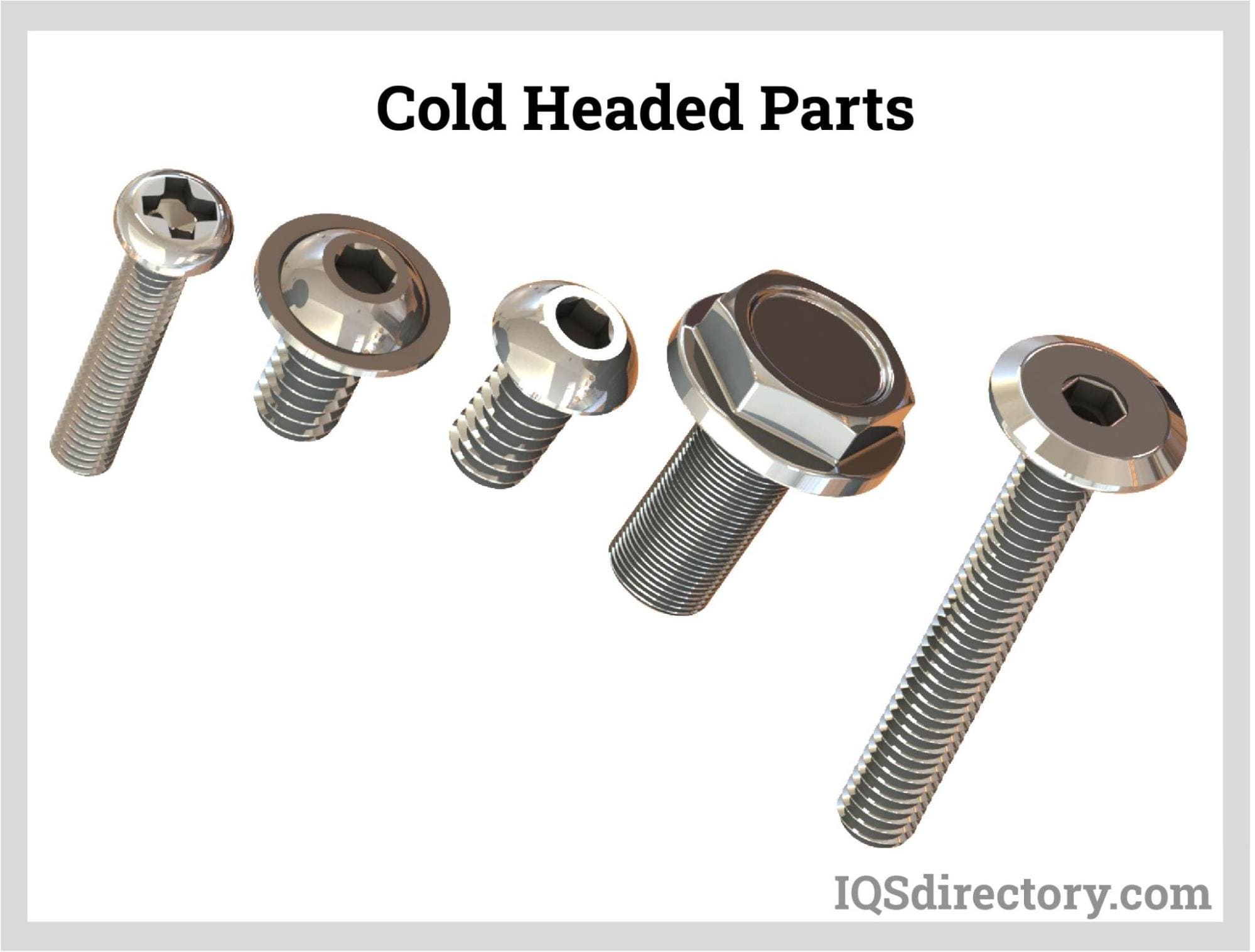
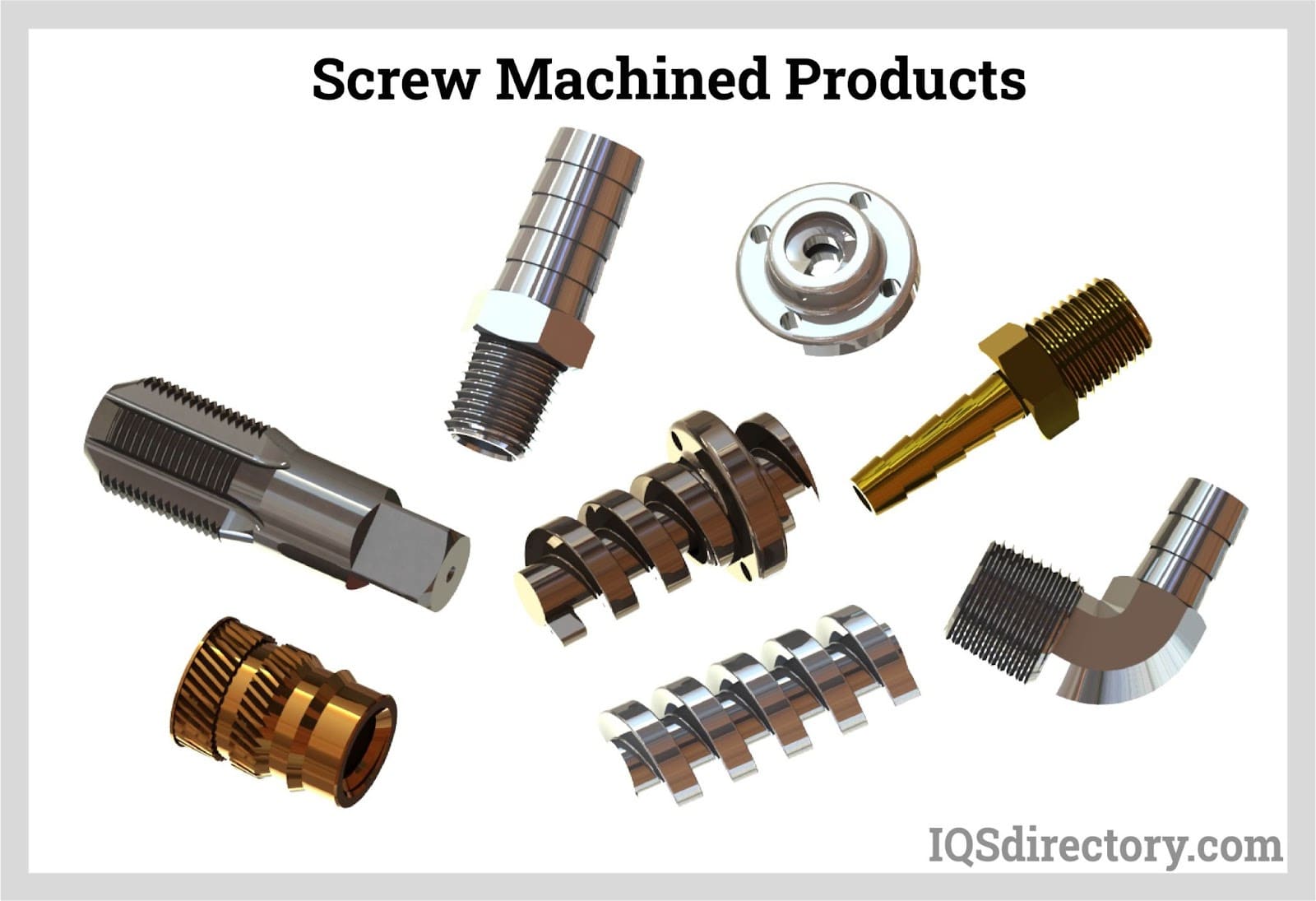
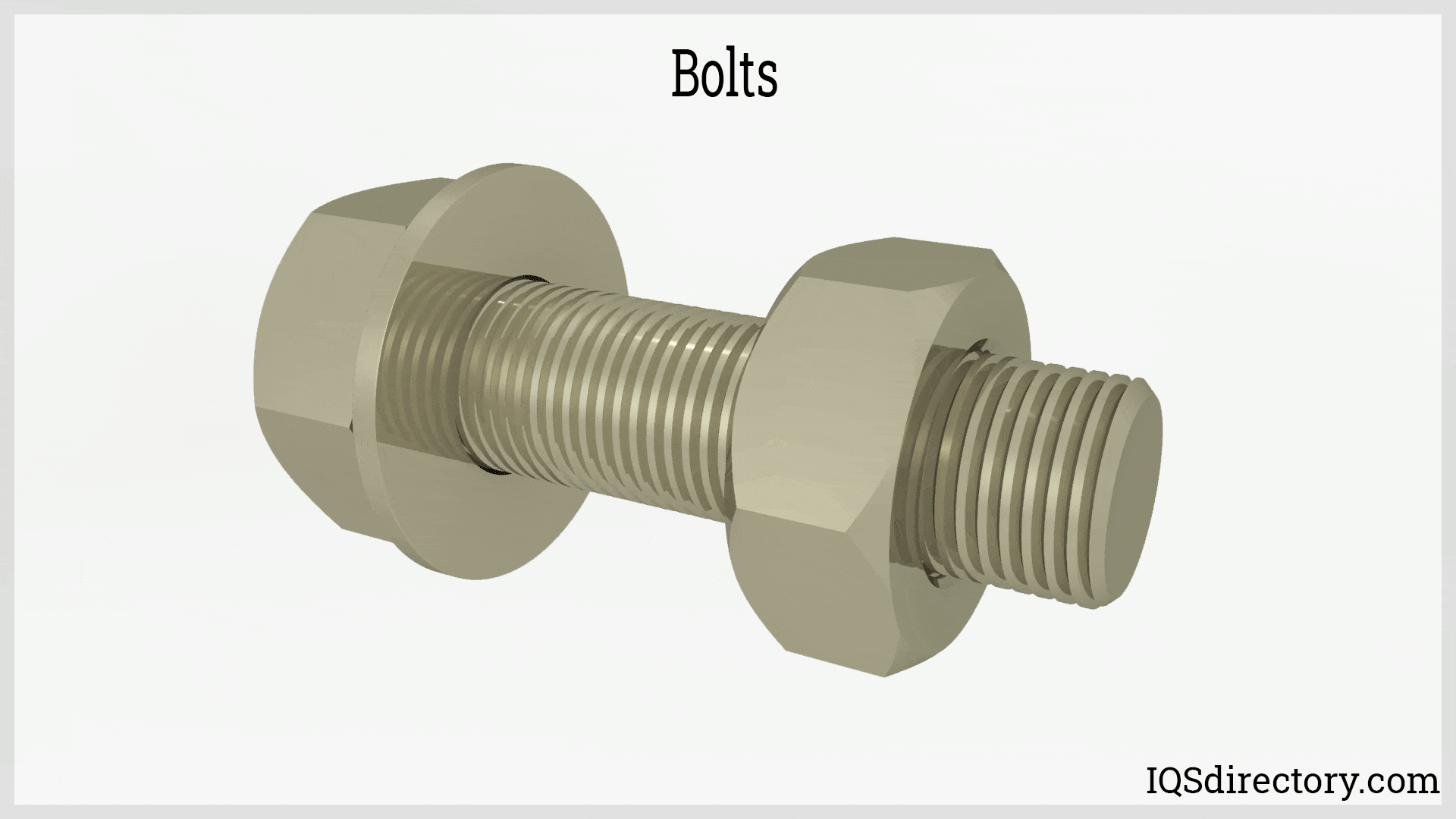

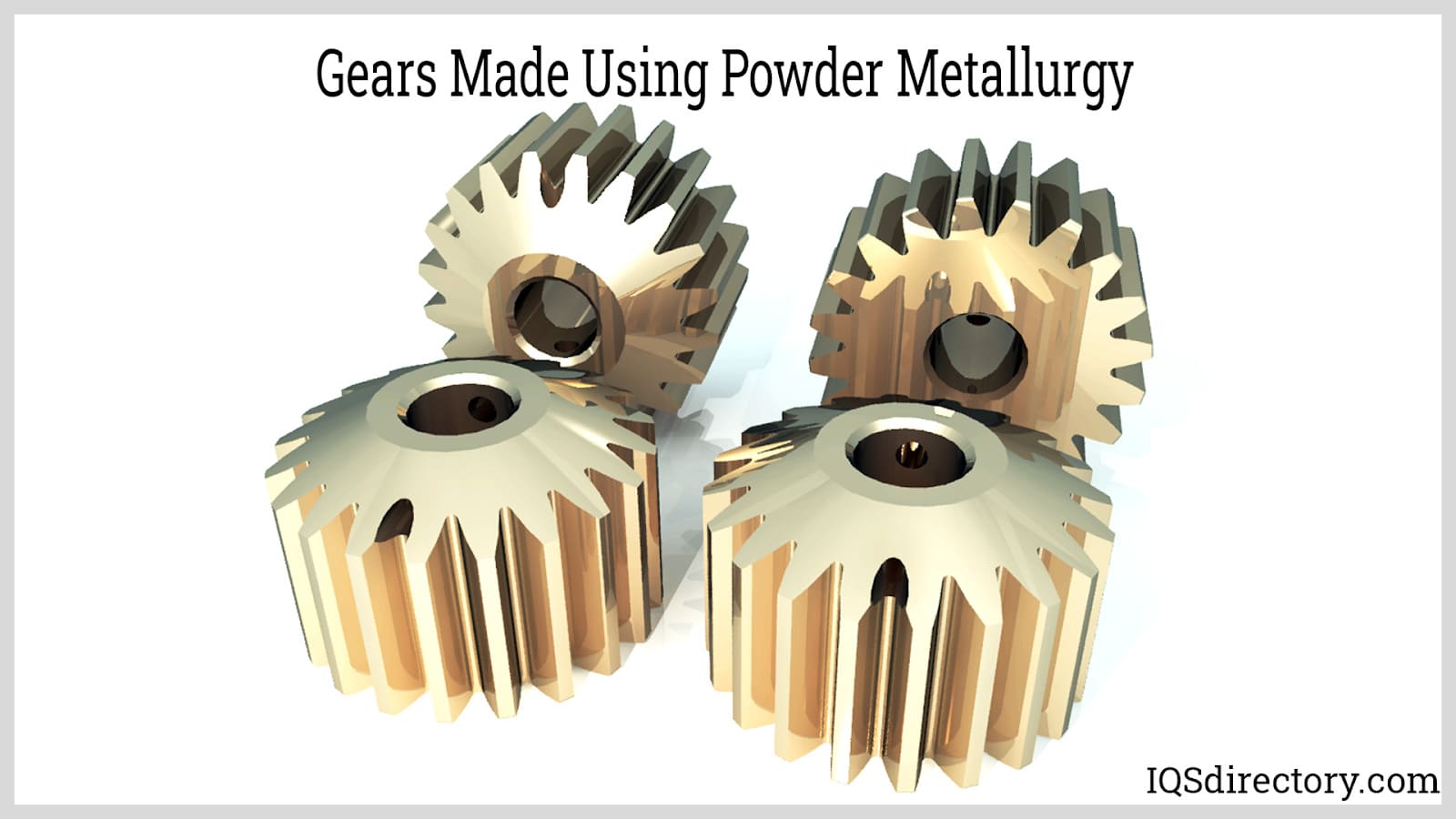
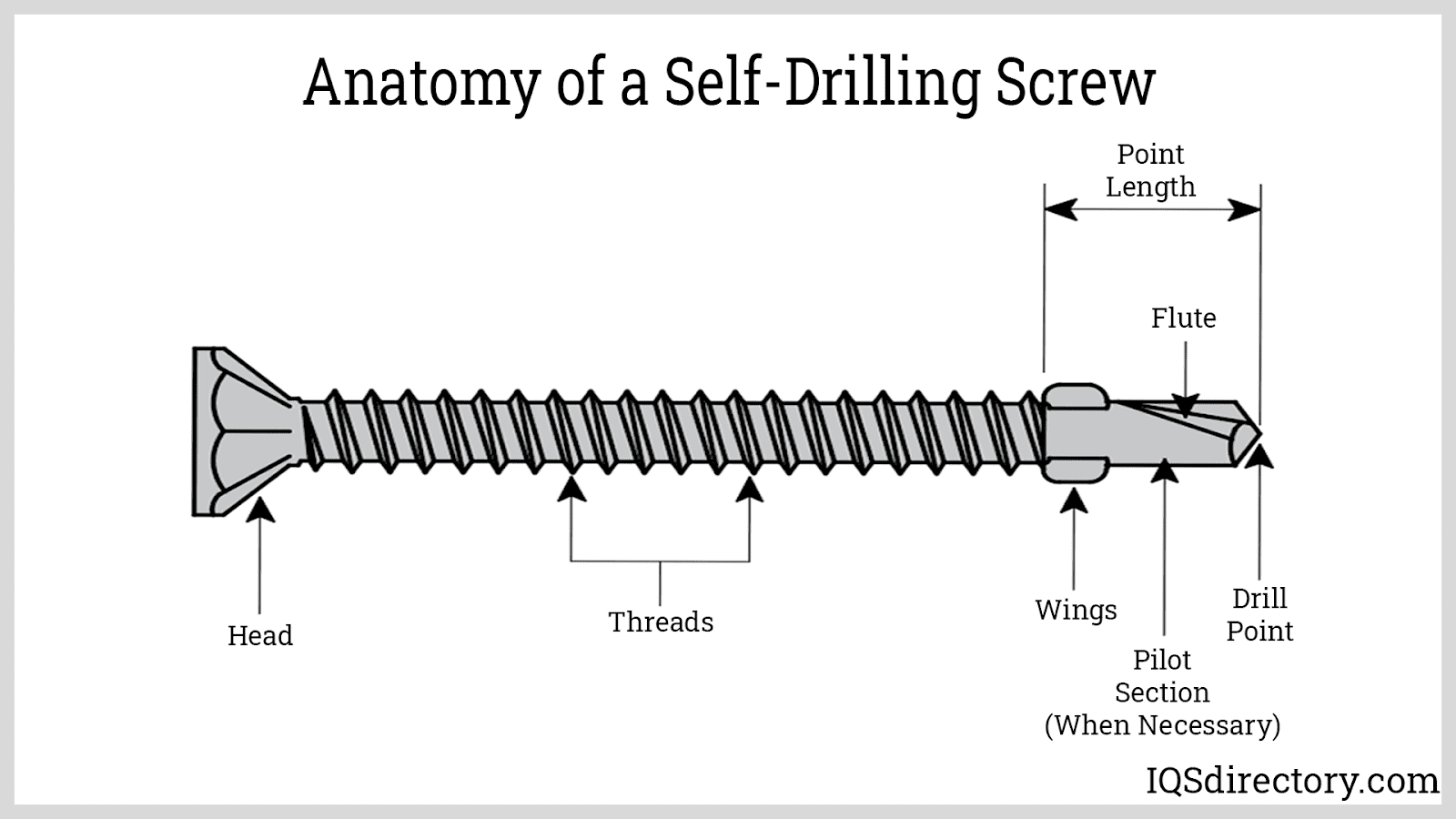
 Cold Headed Parts
Cold Headed Parts Expanded Metals
Expanded Metals Metal Spinning
Metal Spinning Powdered Metal Parts
Powdered Metal Parts Roll Forming
Roll Forming Springs
Springs Wire Forms
Wire Forms Wire Mesh
Wire Mesh Castings & Forgings
Castings & Forgings Bulk Material Handling
Bulk Material Handling Electrical & Electronic Components
Electrical & Electronic Components Flow Instrumentation
Flow Instrumentation Hardware
Hardware Material Handling Equipment
Material Handling Equipment Metal Cutting Services
Metal Cutting Services Metal Forming Services
Metal Forming Services Metal Suppliers
Metal Suppliers Motion Control Products
Motion Control Products Plant & Facility Equipment
Plant & Facility Equipment Plant & Facility Supplies
Plant & Facility Supplies Plastic Molding Processes
Plastic Molding Processes Pumps & Valves
Pumps & Valves Recycling Equipment
Recycling Equipment Rubber Products & Services
Rubber Products & Services